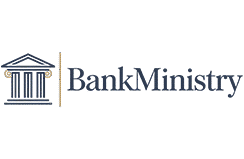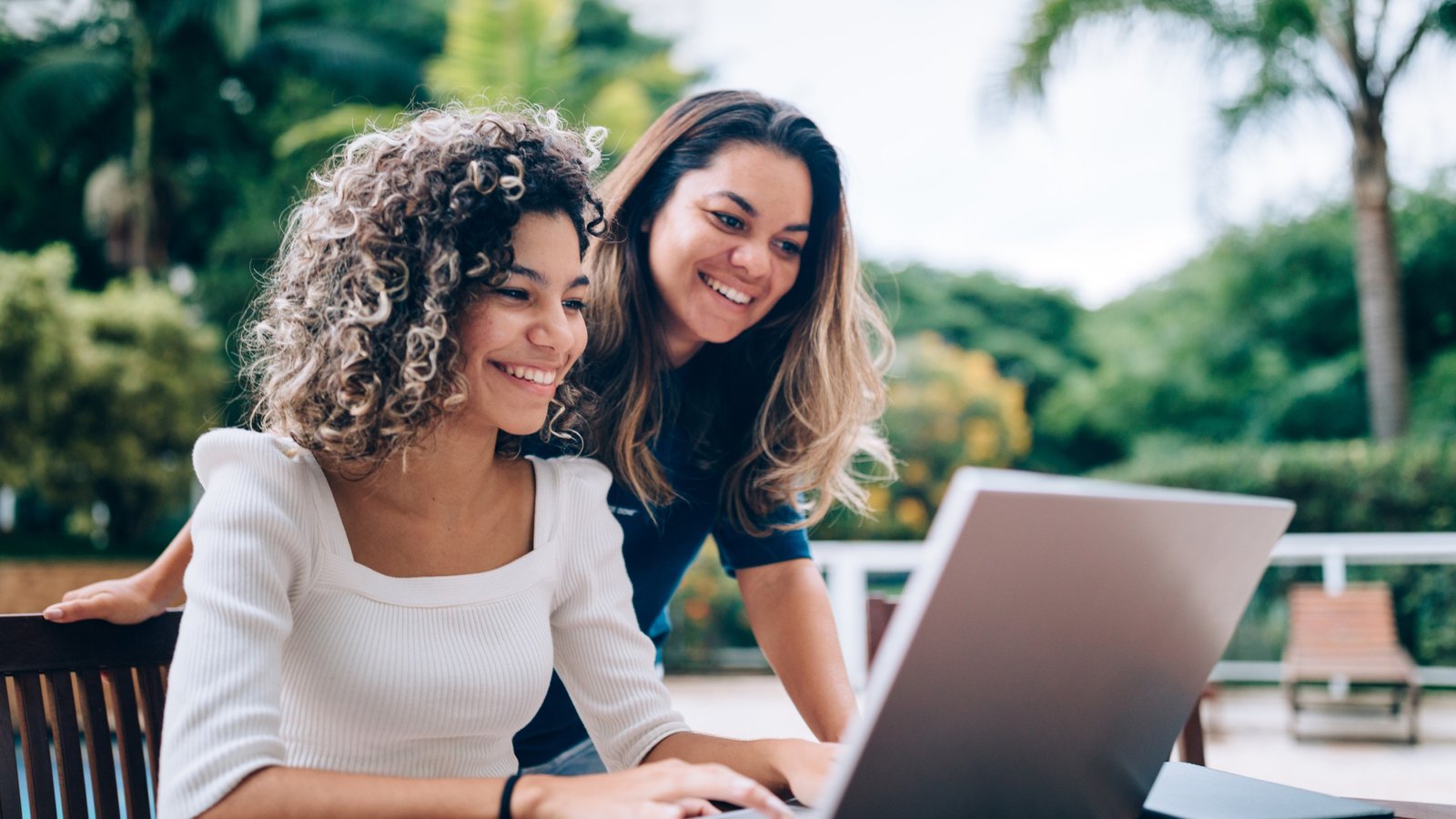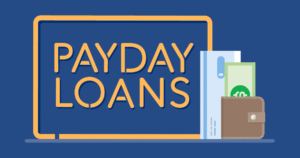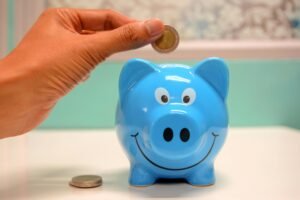Opening your first bank account is an important step toward financial independence and better money management. Whether you’re a teenager, college student, or emerging young adult, learning how to open and use a bank account can help you develop good financial habits and keep your money safe. This book will teach you everything you need to know to open your first bank account and get the most out of it.
Why You Need a Bank Account
Opening a bank account isn’t just about keeping your money safe. You can easily withdraw money via debit card and online banking. It also allows businesses to transfer money directly to your account and helps you track your spending. You can build a credit history through a bank account, which can be very helpful if you apply for a loan or credit card in the future. For most people, a bank account is essential for their day-to-day financial management.
Types of Bank Accounts to Consider
When you open your first bank account, you can usually choose between a checking account and a savings account. Checking accounts are used for everyday purposes, such as withdrawing cash, paying bills, and making purchases. You can usually write debit cards and checks. Money that you don’t need right away can be put into a savings account. The interest you earn on your savings will help it grow over time. Many people open a checking account first and then a savings account to save money.
How to Choose the Best Bank
Choosing the right bank is an important decision that can change the way you do business. Look for banks that typically charge low or no fees, have easy-to-access branches and ATMs, and offer easy-to-use online and mobile banking systems. Some banks offer special accounts for students and young people. These accounts may offer additional benefits, such as lower minimum deposit requirements. It’s a good idea to research different banks to see which services best suit your needs and lifestyle.
Documents Needed to Open a Bank Account
To open a bank account, you will need to fill out a few simple forms and gather relevant information. In most cases, you will need to provide a valid ID, such as a driver’s license, passport, or ID card. To open an account, you may also need to provide your social security number or tax number, proof of address (such as a utility bill), and a minimum amount to pay. Some banks allow children to open accounts, provided that the parent or guardian is also a co-owner. Opening an account will be quicker and easier if you prepare these materials in advance.
Step-by-step guide to opening your first bank account
Opening your first bank account is simple and can usually be done online or in person. First, select the type of account you want. Then, go to the bank or its website, fill out the application form, and provide your details. Submit the required registration documents and make your first deposit. Once your account is set up, you will receive your card and check immediately. You can also receive the check in the mail. If you have any questions about your account fees and terms, it’s best to contact a representative at your bank.
How to Use Your Bank Account Wisely
To be careful with your bank account, you need to keep track of your deposits and withdrawals and avoid overdrafts. Whether you do it online or on paper, make sure you check your accounts regularly. This will help you spot errors or incorrect transactions more quickly. If you use an online banking app, you can easily keep an eye on your accounts anytime, anywhere. You can also stay vigilant and avoid fees by setting up alerts for small or large transfers.
How to Avoid and Understand Bank Fees
Many banks charge extra fees for things like regular maintenance, overdrafts, using an ATM outside the bank’s network, and accessing paper documents. If you’re not careful, these fees can quickly add up. To avoid these fees, look for accounts that don’t charge monthly fees, or that allow you to avoid fees by depositing a certain amount into your account first or setting up direct debit. Use an ATM that’s connected to your bank and, if possible, download your information electronically. Understanding the potential fees you’ll pay can help you keep more money in your account.
How to Make the Most of Online and Mobile Banking
Nowadays, banks offer a lot of tools good financial habits, such as creating a budget, saving regularly, and tracking your spending. For example, you can save for emergencies or major purchases. Then, use your bank account to achieve your goals. Don’t take money out of your savings that you don’t need, and keep your savings account total positive. If you keep these habits up, you’ll be better off.
When You May Need to Upgrade Your Account
As your financial needs change, you may need to switch to a bank account that offers better terms. For example, you could switch to a savings account that earns more interest, or an account that offers rewards and cash back when you spend money. People who keep their accounts with the same bank for a long time tend to get better service and lower account fees. Periodically, think about what services you expect from your bank and ask about other options that might be a better fit for you.
In short, start your financial journey today
Opening and using your first bank account is a big step toward financial independence and responsibility. Understanding the basics of bank types, fees, and features can help you manage your money easily and build a strong financial foundation. It’s important to take the time to choose the right bank and account. It’s also important to learn how to use your accounts wisely and develop smart financial habits. Starting early and choosing your banking strategically will pay off in the long run.



